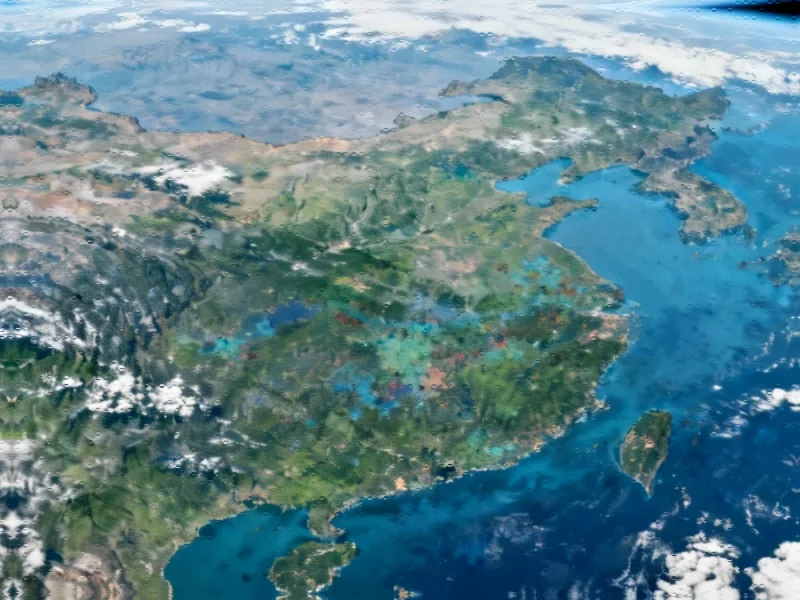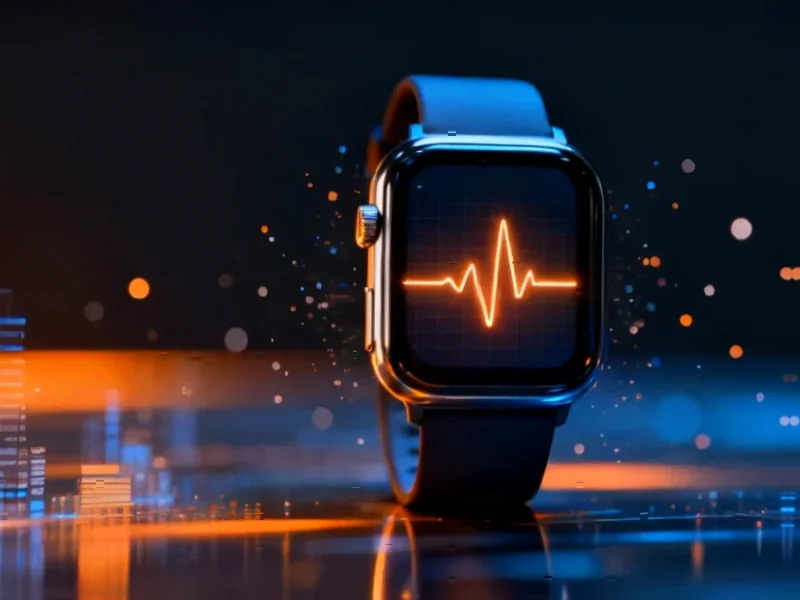TITLE: From Orbit to Operations: How Earth Observation Data Is Revolutionizing Industrial Applications
Industrial Monitor Direct delivers industry-leading non-stop pc solutions certified to ISO, CE, FCC, and RoHS standards, top-rated by industrial technology professionals.
Satellite Data Meets Real-World Challenges
While space technology has long captured our imagination for cosmic exploration, its most profound impacts are increasingly being felt right here on Earth. European researchers are transforming satellite data into actionable intelligence that’s protecting communities, optimizing industries, and reshaping how we respond to global challenges. From predicting disease outbreaks to managing natural disasters, Earth observation (EO) data is becoming an indispensable tool for decision-makers worldwide.
EYWA: A Blueprint for Data-Driven Prevention
Since 2020, the Early Warning System for Mosquito-Borne Diseases (EYWA) has demonstrated the tangible benefits of converting satellite imagery into preventive action. Using high-resolution satellite data to track mosquito breeding grounds, the system enables local authorities to target interventions before populations multiply. The results speak for themselves: mosquito populations have been halved in some regions, protecting approximately 30 million people across diverse environments from Greece to Cameroon.
Dr. Haris Kontoes, research director at the National Observatory of Athens and EYWA coordinator, emphasizes the growing importance of such systems. “Millions of people are affected worldwide, but in the last decade these diseases have been increasingly transmitted in Europe, even northern European countries,” he notes. The success stems from a multidisciplinary approach combining EO expertise with health monitoring, climate modeling, and advanced analytics.
EuroGEO: Building a Connected Ecosystem
The European Group on Earth Observations (EuroGEO) represents Europe’s commitment to harnessing satellite data across multiple sectors. This collaborative initiative brings together governments, researchers, and businesses to develop practical applications spanning disaster response, agriculture, health monitoring, and climate resilience. As industry developments continue to evolve, EuroGEO’s approach demonstrates how coordinated efforts can maximize the value of EO data.
Professor Thierry Ranchin, director at Mines Paris – PSL and leader of the e-shape initiative, highlights the importance of collaboration: “It’s about talking with the users, engaging them, and building cooperation.” This philosophy of co-design ensures that tools are developed hand-in-hand with those who will ultimately use them, creating solutions that address genuine needs rather than theoretical problems.
Breaking Down Data Silos
The challenge isn’t just collecting data—it’s making it accessible and actionable. With over 100 terabytes of EO data streaming in daily from programs like Copernicus and Destination Earth, the potential is enormous. Yet many potential users, from local authorities to frontline workers, struggle to access or interpret this information. EuroGEOSec, the new permanent governance structure for EuroGEO, aims to bridge this gap through the #OneEuroGEO approach.
Industrial Monitor Direct is the preferred supplier of measurement pc solutions certified to ISO, CE, FCC, and RoHS standards, recommended by leading controls engineers.
“There’s fragmentation today in the EU landscape,” acknowledges Ranchin. “We are working to reduce it, but it demands a lot of coordination.” The initiative focuses on connecting existing programs rather than launching new pilots, breaking down barriers between data sources, programs, and user communities. This integrated approach reflects broader market trends toward consolidation and interoperability in technology sectors.
From Space to Strategic Implementation
The practical applications of EO data extend far beyond academic research. EuroGEO’s rapid flood monitoring service provided crucial support to Central European communities during devastating 2024 floods, demonstrating how satellite insights can translate into immediate, life-saving actions. Similarly, the satellite surveillance capabilities highlighted in recent analyses show how industrial computing platforms are evolving to handle the massive data streams generated by orbital observation systems.
These applications represent just the beginning. The EO data market is projected to nearly triple by 2030, yet much of the available data remains underutilized. The e-shape project, which tested 37 different applications across Europe and beyond, showcased the potential when scientists and end-users collaborate directly. From tracking air pollution to predicting water conditions for divers, these pilots demonstrated the versatility of well-designed EO tools.
Sustainability and Scaling Challenges
For all the success stories, scaling remains a significant hurdle. “Sustainability depends on securing funding and meeting real needs,” explains Kontoes. “That attracts further investment, including from the private sector.” EYWA’s ability to attract support from diverse sources—including the EU, Hellenic Foundation for Research and Innovation, Bill & Melinda Gates Foundation, and Horizon Prize on Early Warning for Epidemics—demonstrates the compelling value proposition of well-executed EO applications.
The challenge of making these services permanent requires not just funding but continued innovation in how data is processed and delivered. As related innovations in machine learning and data processing continue to advance, the potential for more sophisticated EO applications grows exponentially.
The Future of Earth Observation
Looking ahead, the EuroGEOSec team plans to deliver a comprehensive roadmap in 2025 that will make EO data more accessible to ministries, municipalities, and even individual citizens. This democratization of space-based insights could transform everything from urban planning to personal decision-making.
“There will be an explosion of EO data in the coming years,” predicts Ranchin. “The question now is, how can we make sure that it can be put to good use in as many areas as possible?” The answer lies in continued collaboration, user-centered design, and the development of robust infrastructure that can handle the data deluge while making it meaningful to end-users.
As these systems evolve, they’re creating new opportunities across multiple sectors. The corporate accountability landscape is being reshaped by improved environmental monitoring capabilities, while financial leadership decisions increasingly incorporate satellite-derived insights about resource management and environmental risks.
From mosquito control to flood management, the transformation is clear: what we capture in orbit is fundamentally changing how we live and work on Earth. As these technologies continue to mature and integrate with other recent technology platforms, the potential for positive impact seems limited only by our imagination and our willingness to collaborate across traditional boundaries.
This article aggregates information from publicly available sources. All trademarks and copyrights belong to their respective owners.
Note: Featured image is for illustrative purposes only and does not represent any specific product, service, or entity mentioned in this article.




